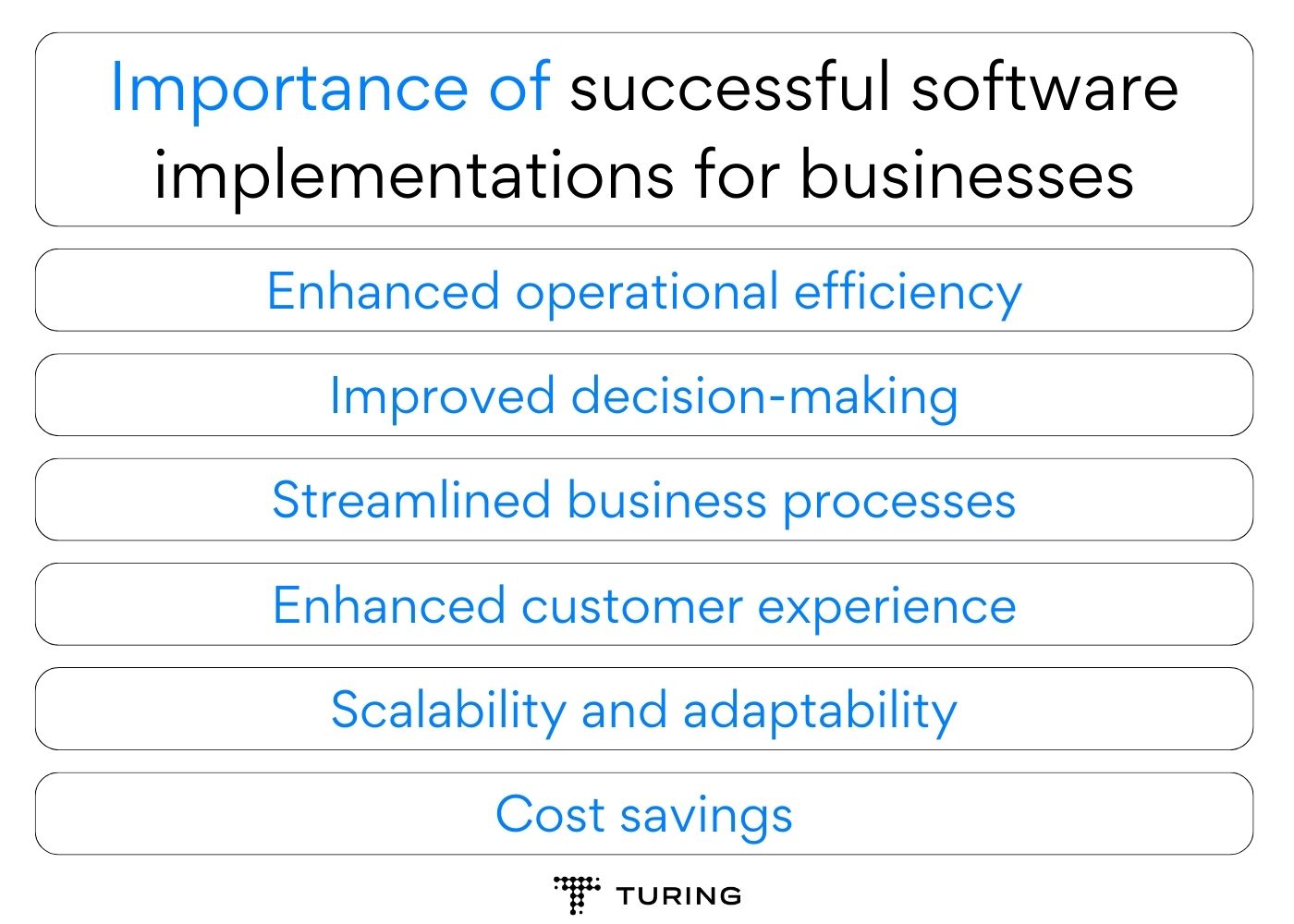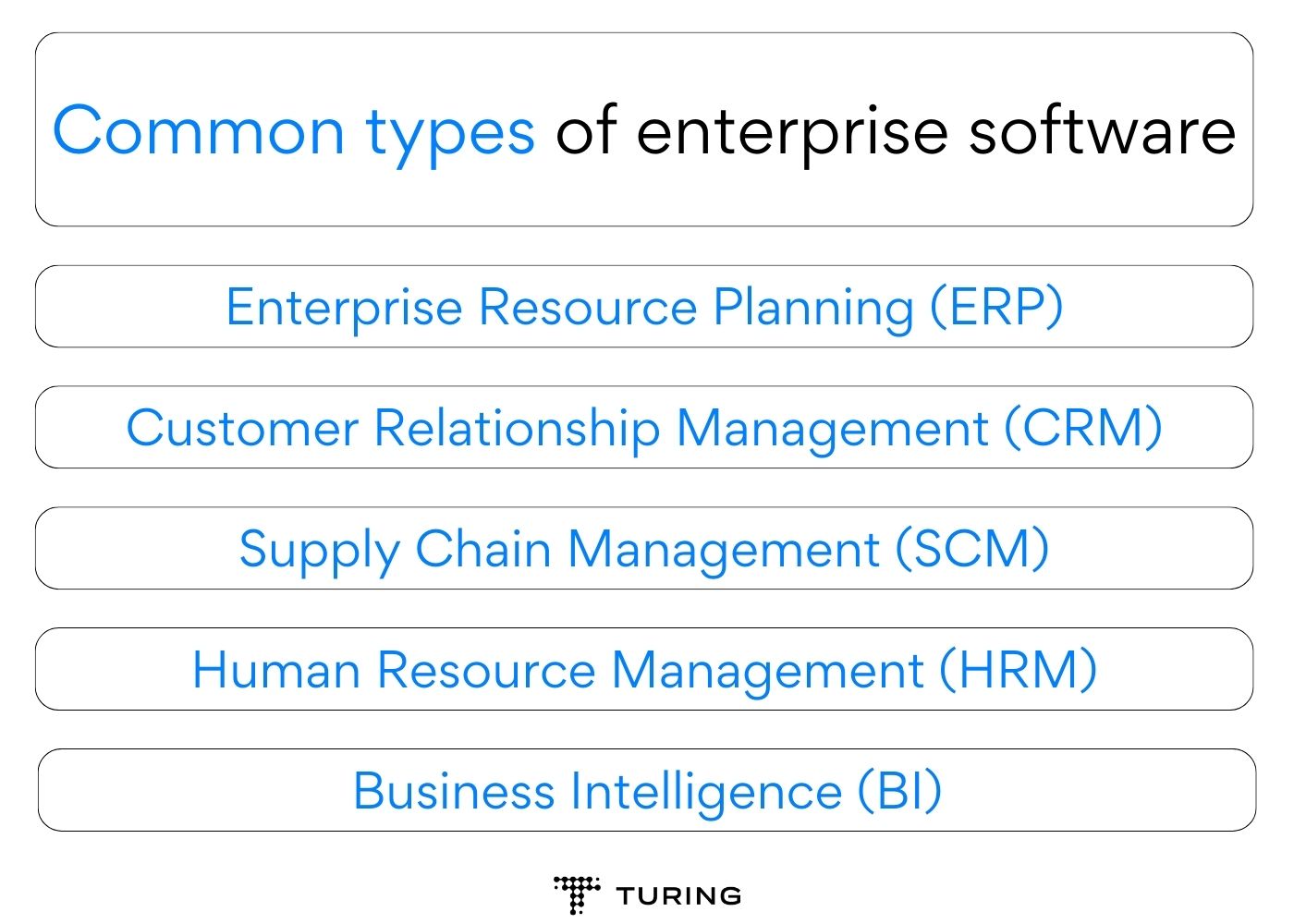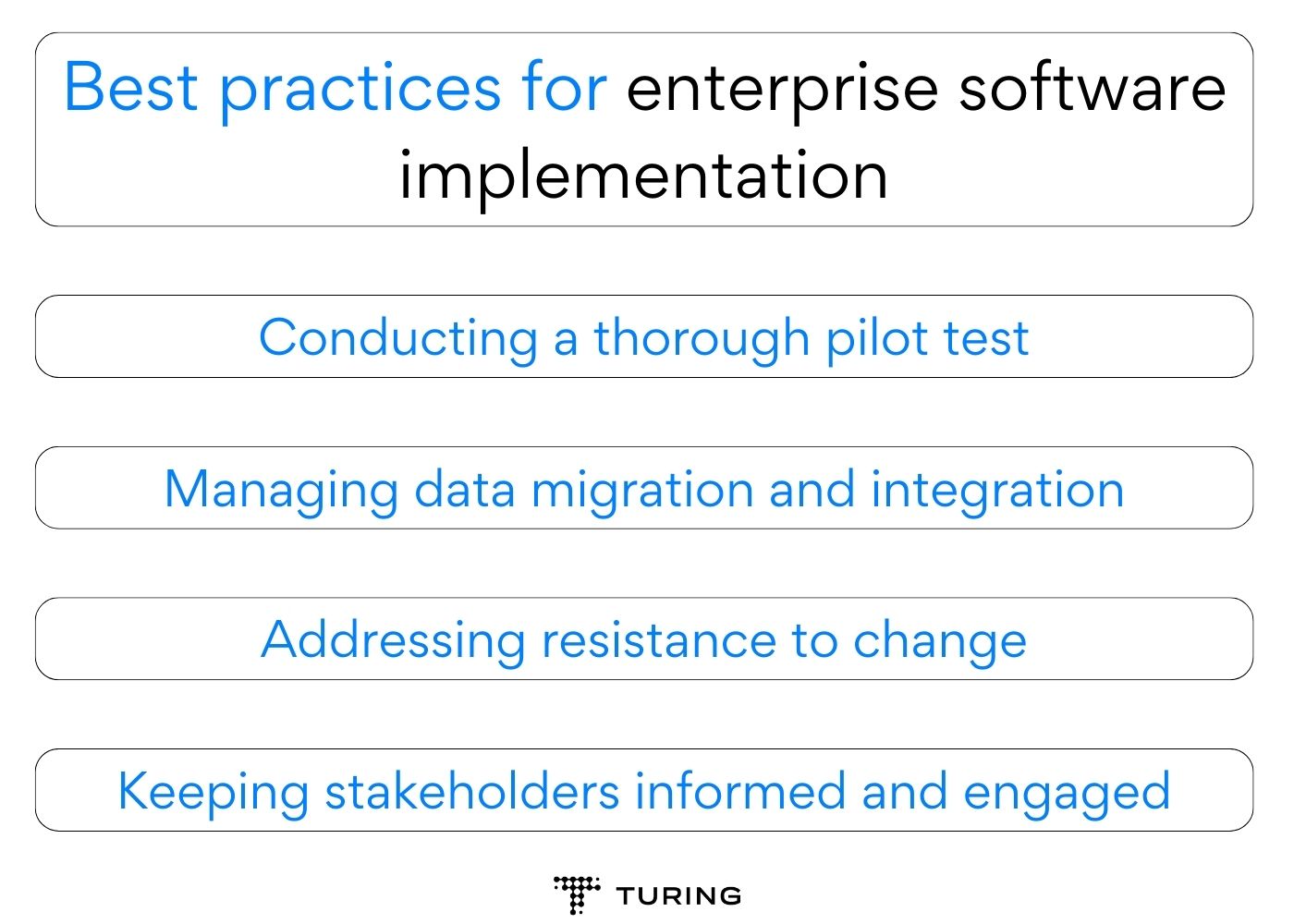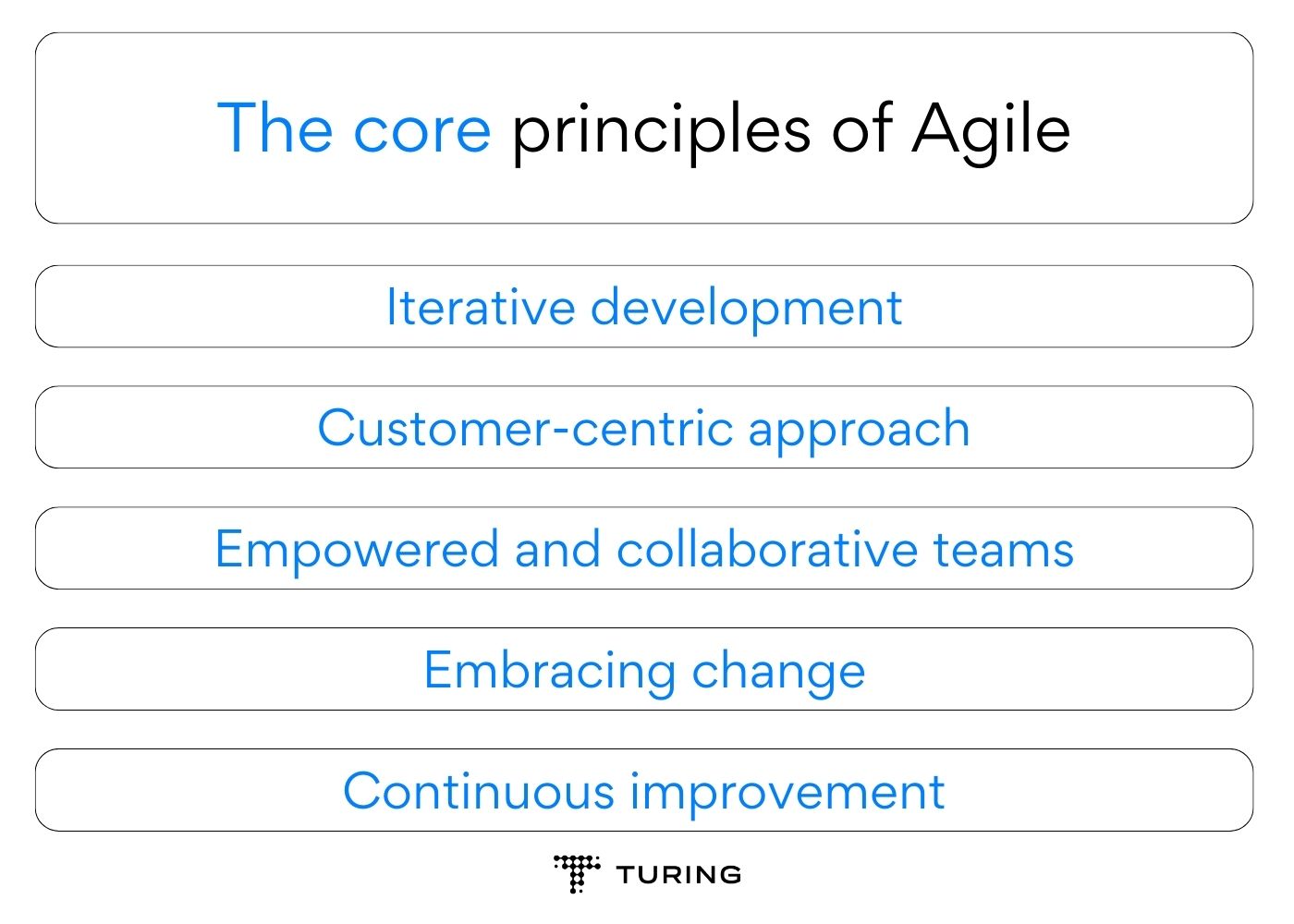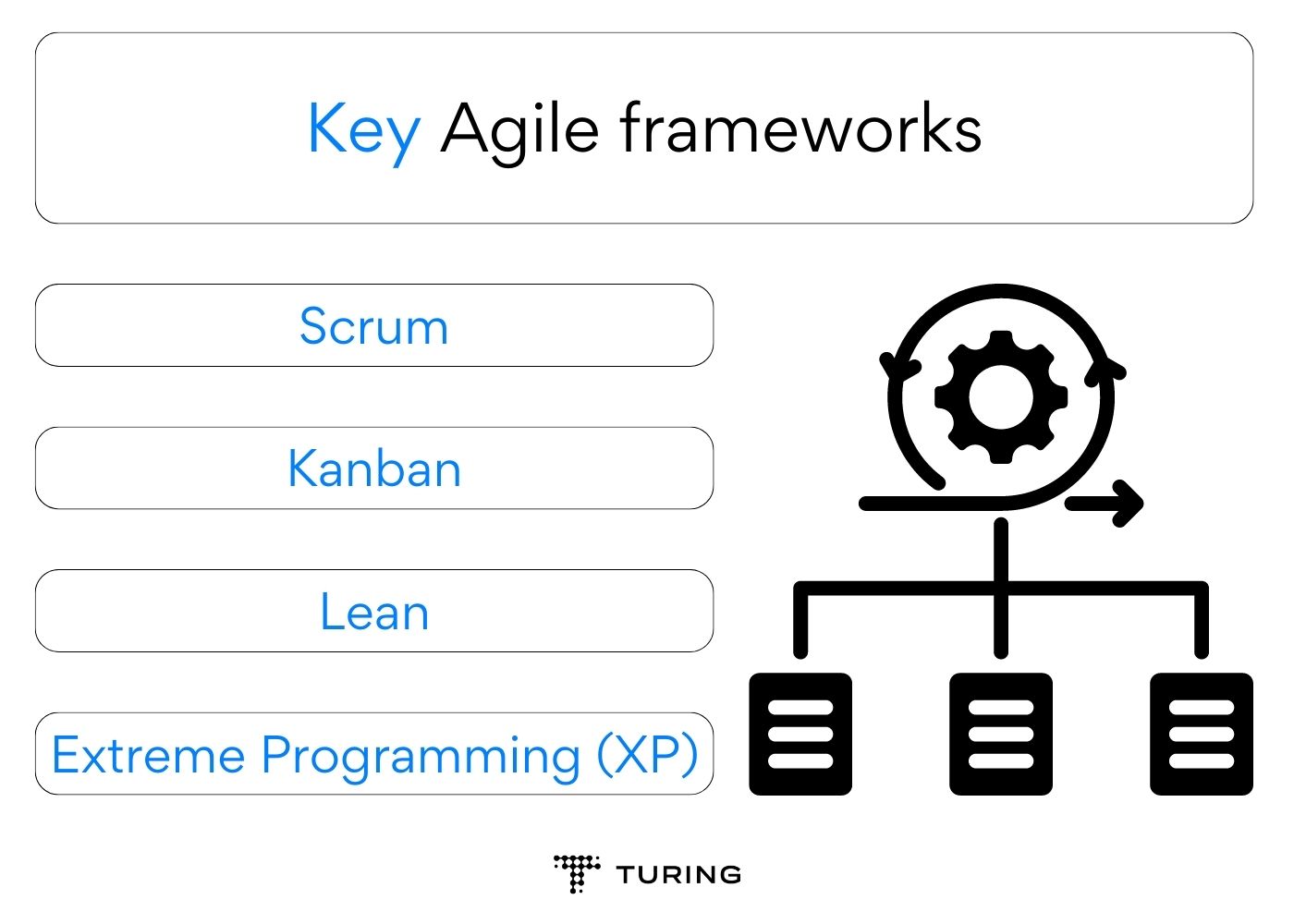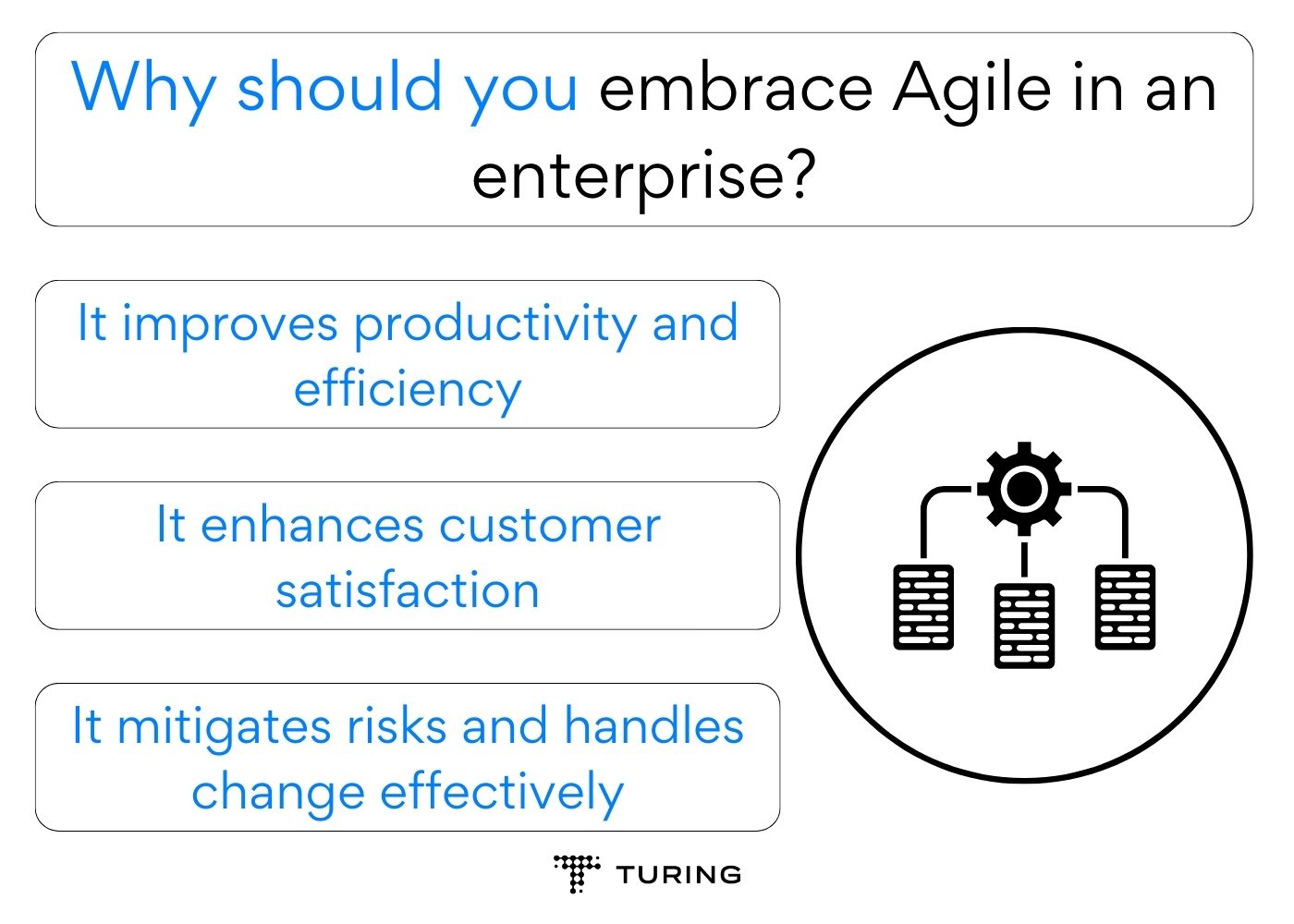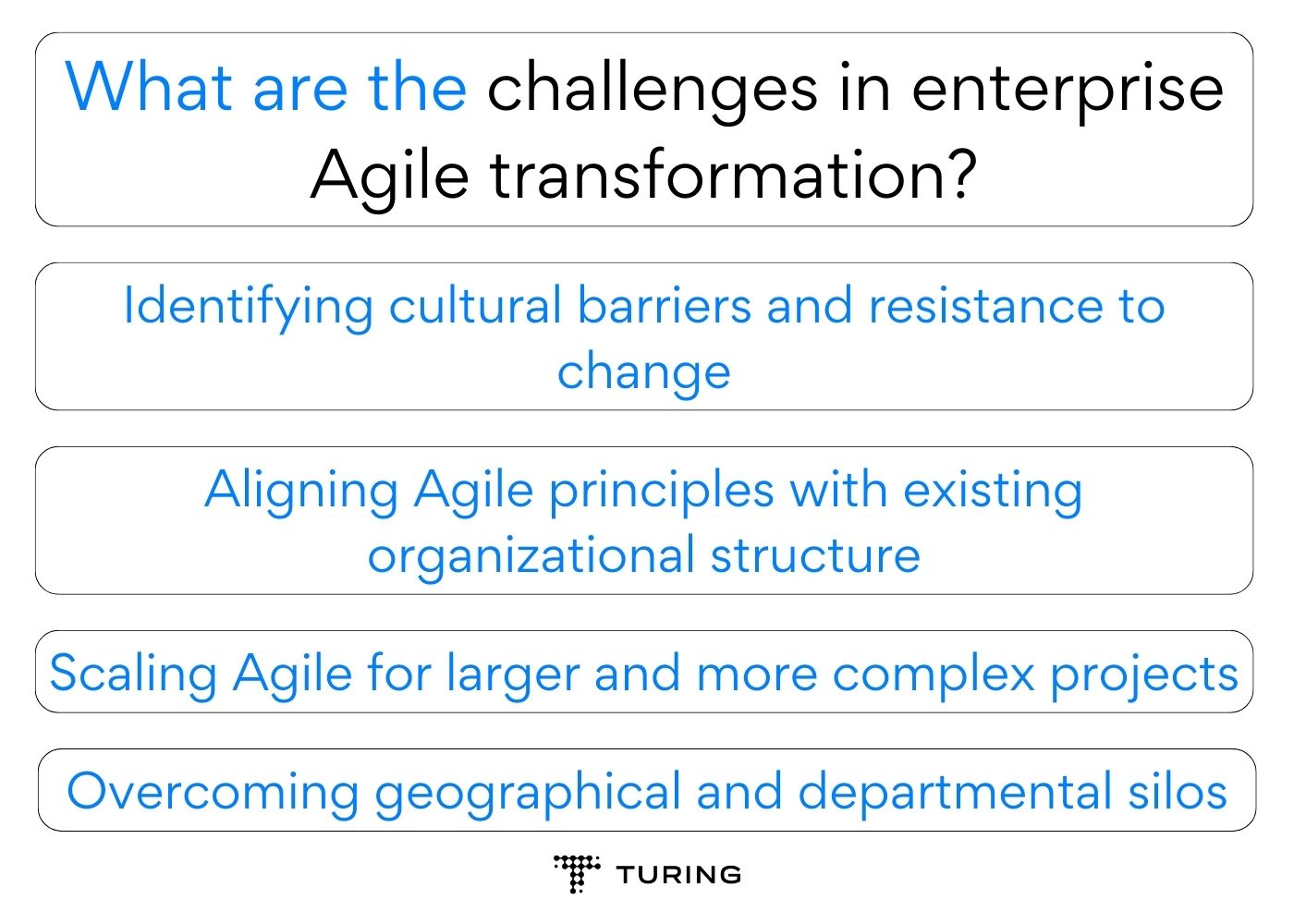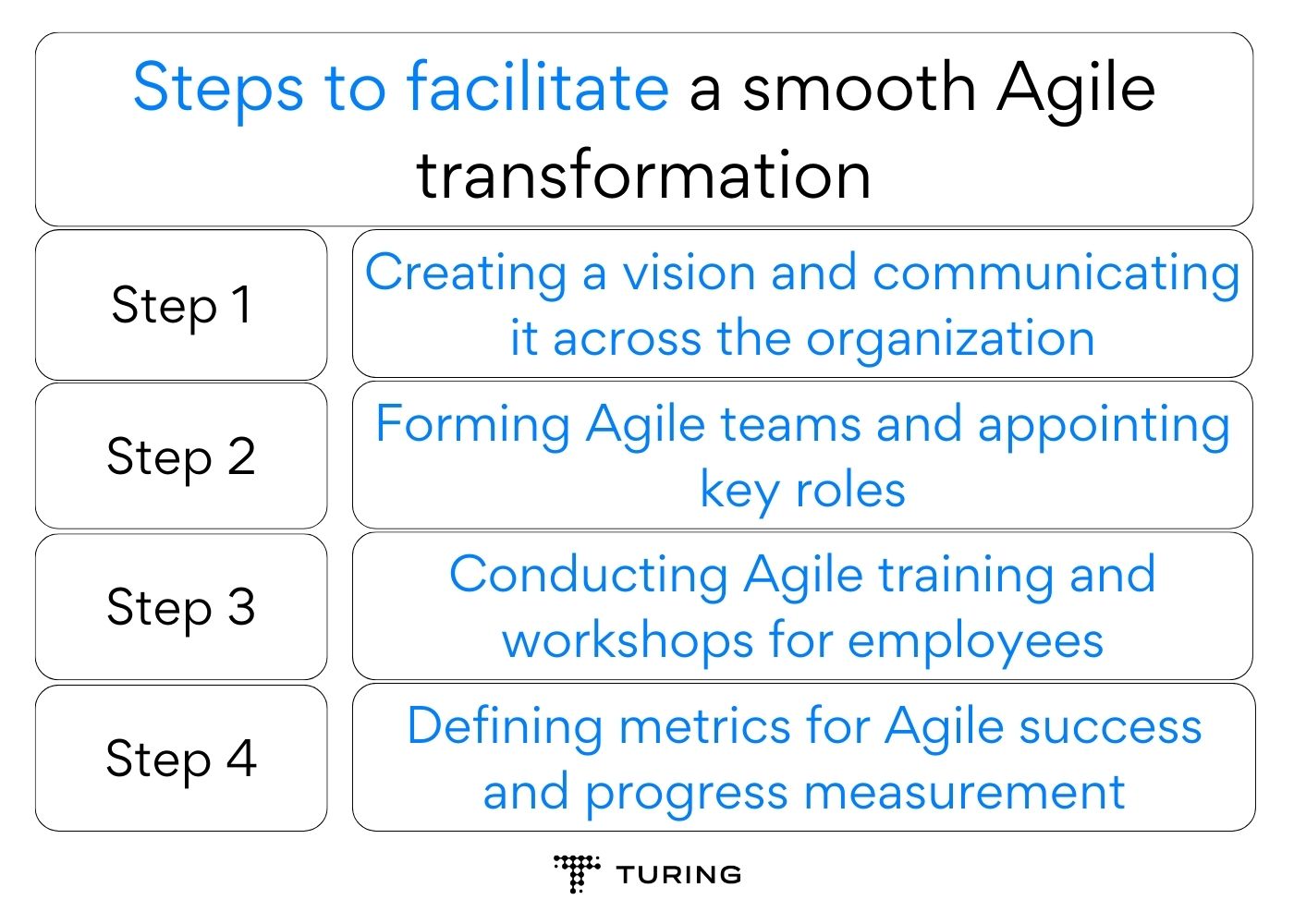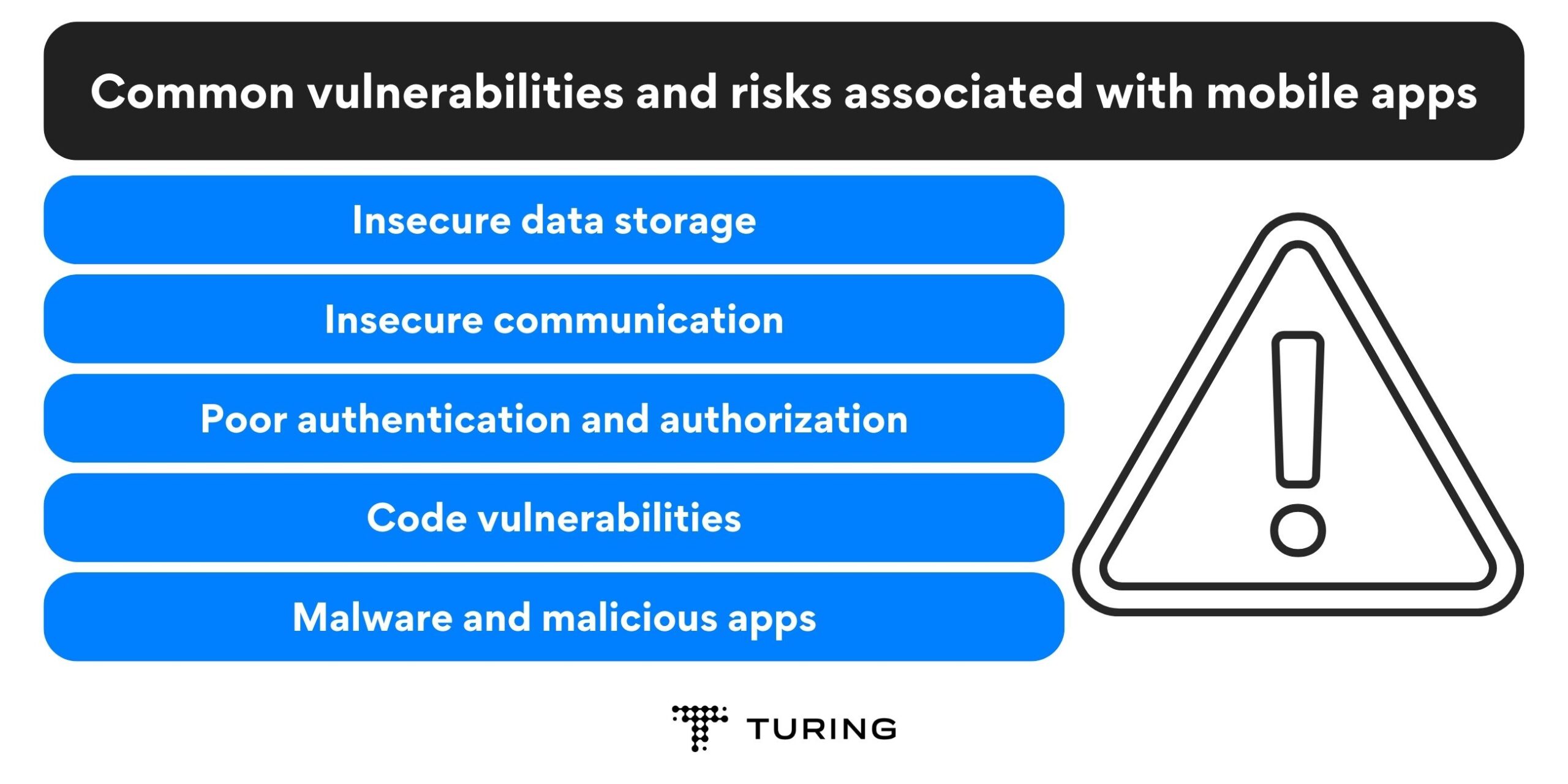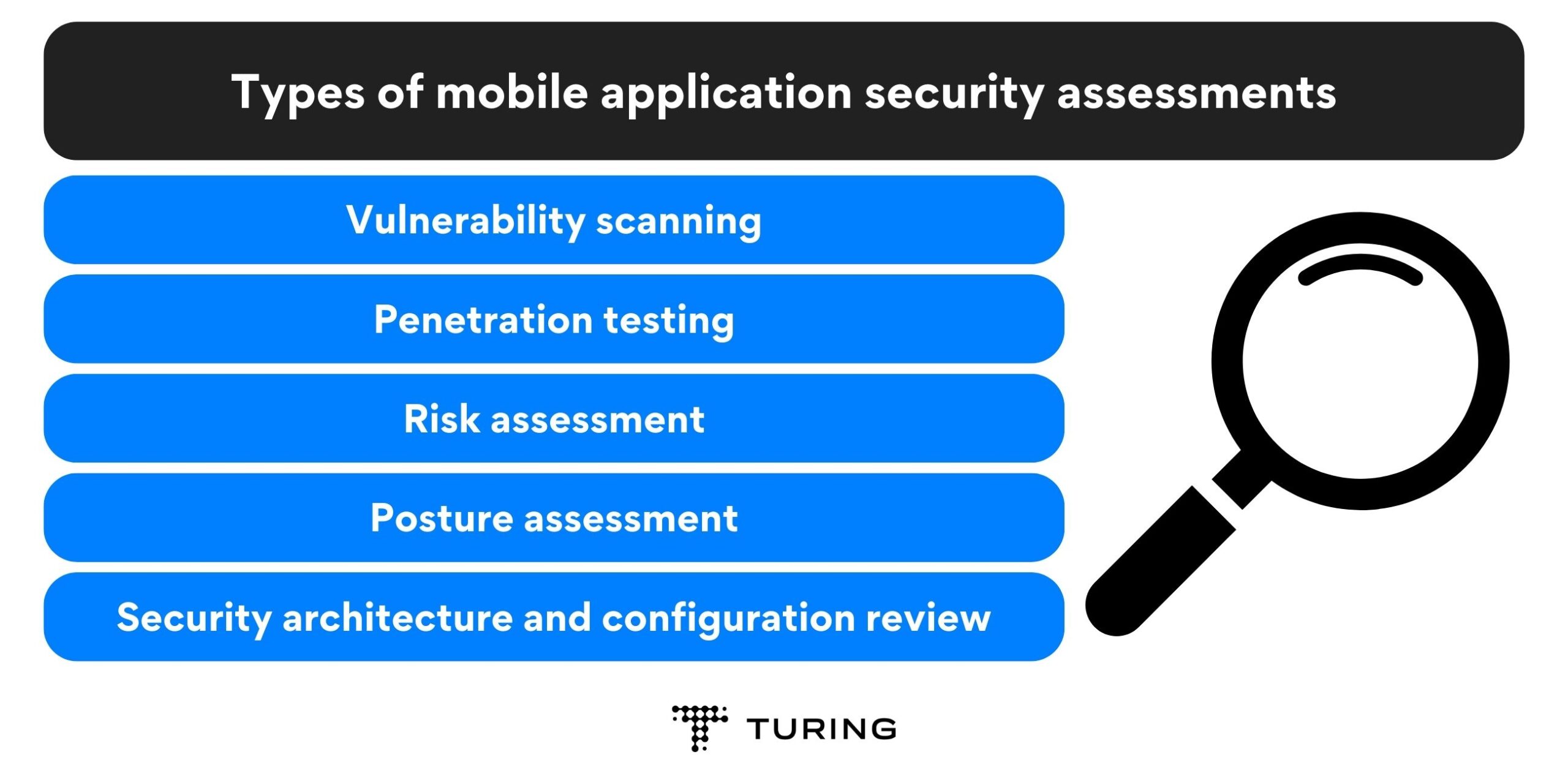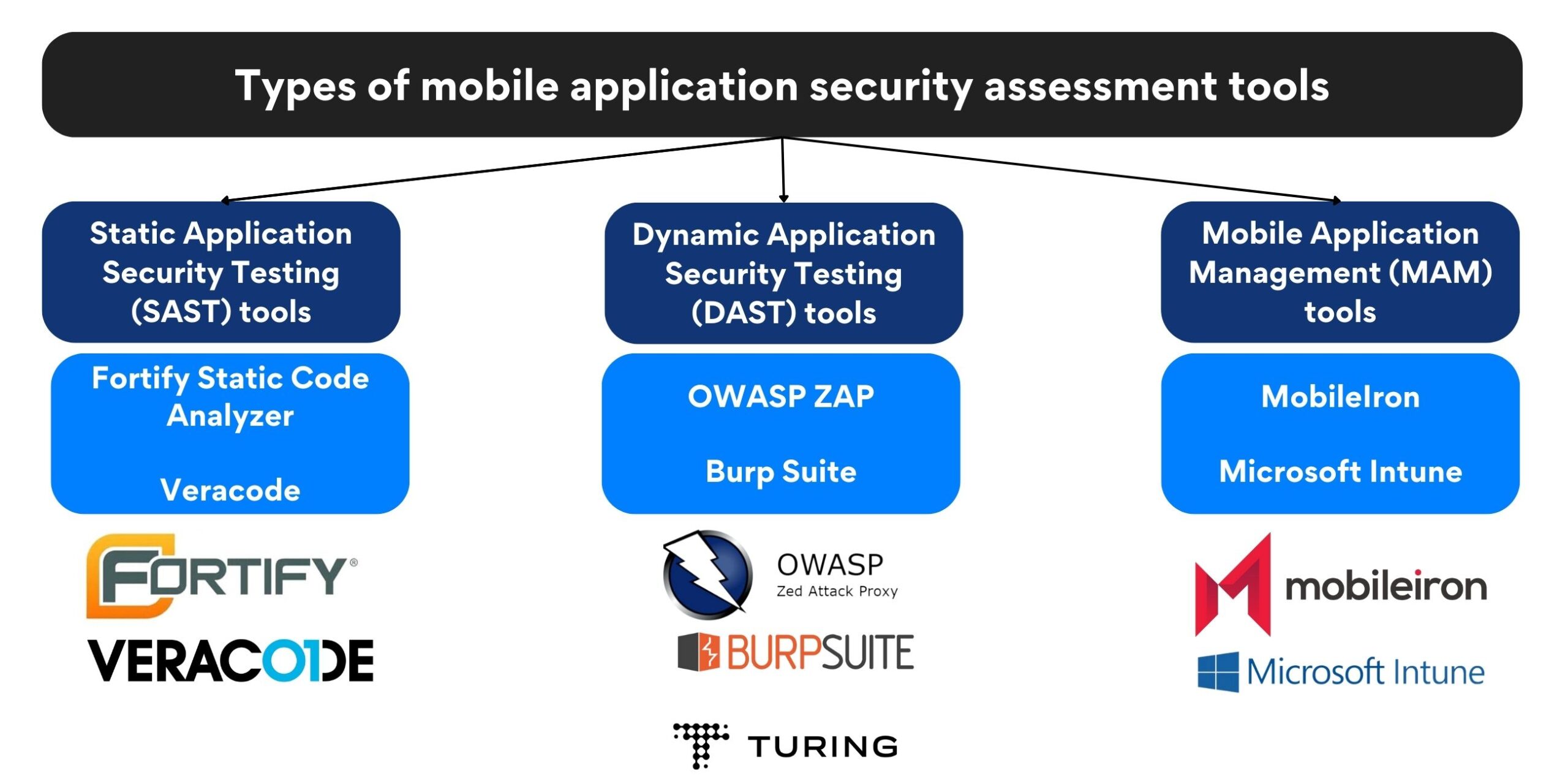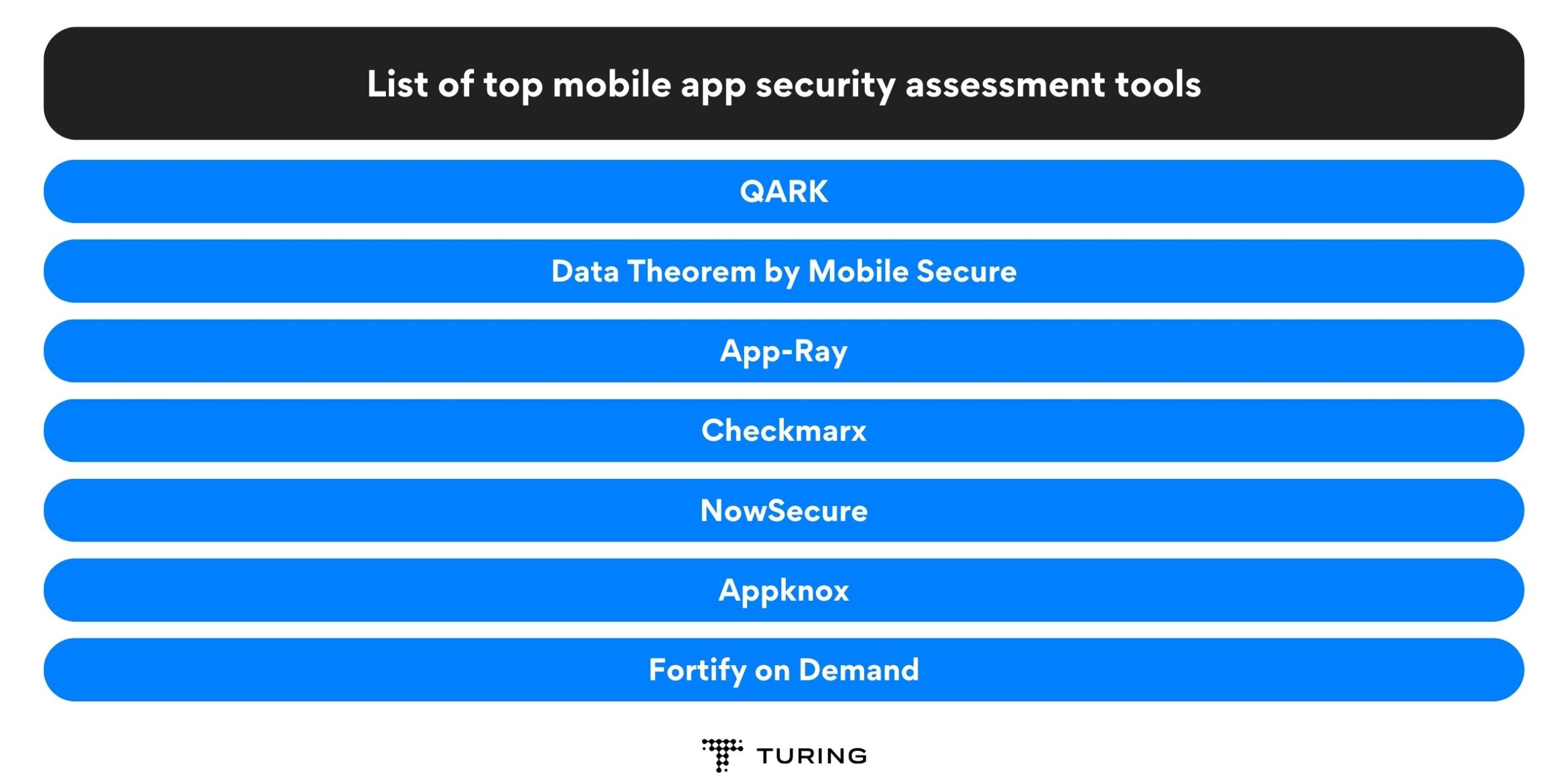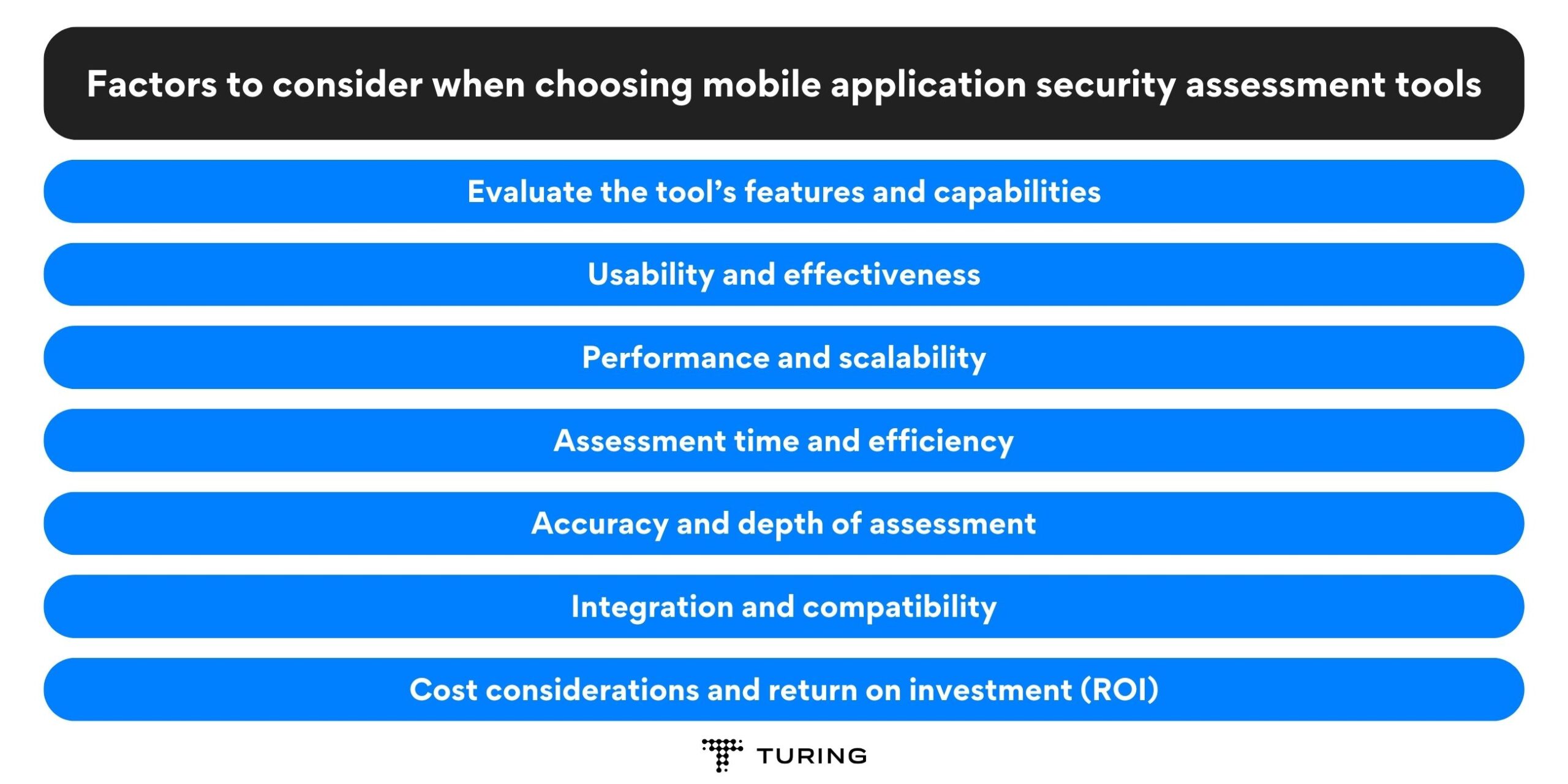
Building an IT Transformation Strategy: Key Steps and Considerations
In today’s fast-paced and ever-changing business landscape, IT transformation has become a critical process for organizations seeking to stay competitive and innovative. The digital era has brought about unprecedented technological advancements, requiring us to adapt swiftly and efficiently.
IT transformation strategies have yielded impressive results worldwide. Deloitte’s survey reveals 13% lower IT costs and 14% increased operational efficiency. McKinsey reports a 40% faster time-to-market and a 25-40% reduction in project delivery times. PwC’s study indicates a 37% enhancement in customer satisfaction. Digitally mature businesses, as per MIT, enjoy 26% higher profitability.
IT transformation refers to the strategic overhaul of an organization’s IT infrastructure, processes, and operations to align with its business objectives and leverage emerging technologies effectively. This blog explores the key steps and considerations involved in building an effective IT transformation strategy that drives growth and success. Let’s dive in.
Understanding IT transformation
IT transformation involves a comprehensive and systematic approach to revamping an organization’s IT landscape. Its primary objectives include:
- Enhancing operational efficiency
- Fostering innovation
- Improving customer experience
- Gaining a competitive advantage
A successful IT transformation results in a more agile, scalable, and resilient IT environment that can adapt to future challenges, making the organization future-ready.
Why is IT transformation needed?
As technology continues to evolve rapidly, businesses that fail to adapt risk falling behind their competitors. An outdated IT infrastructure can hinder growth, limit innovation, and increase operational inefficiencies.
IT transformation is necessary to keep up with digital advancements, meet changing customer demands, and drive continuous improvement within an organization. By embracing change and optimizing technology, organizations can maintain a competitive edge and drive sustainable growth.
Importance of an effective IT transformation strategy
An effective IT transformation strategy provides a structured approach to tackle complex challenges and ensures alignment with the organization’s overall goals. It helps streamline the transformation process, minimizes disruptions, and maximizes technology initiatives’ return on investment (ROI).
A well-executed IT transformation strategy enables businesses to make informed decisions, capitalize on opportunities, and navigate digital disruptions successfully.
Assessing current IT infrastructure
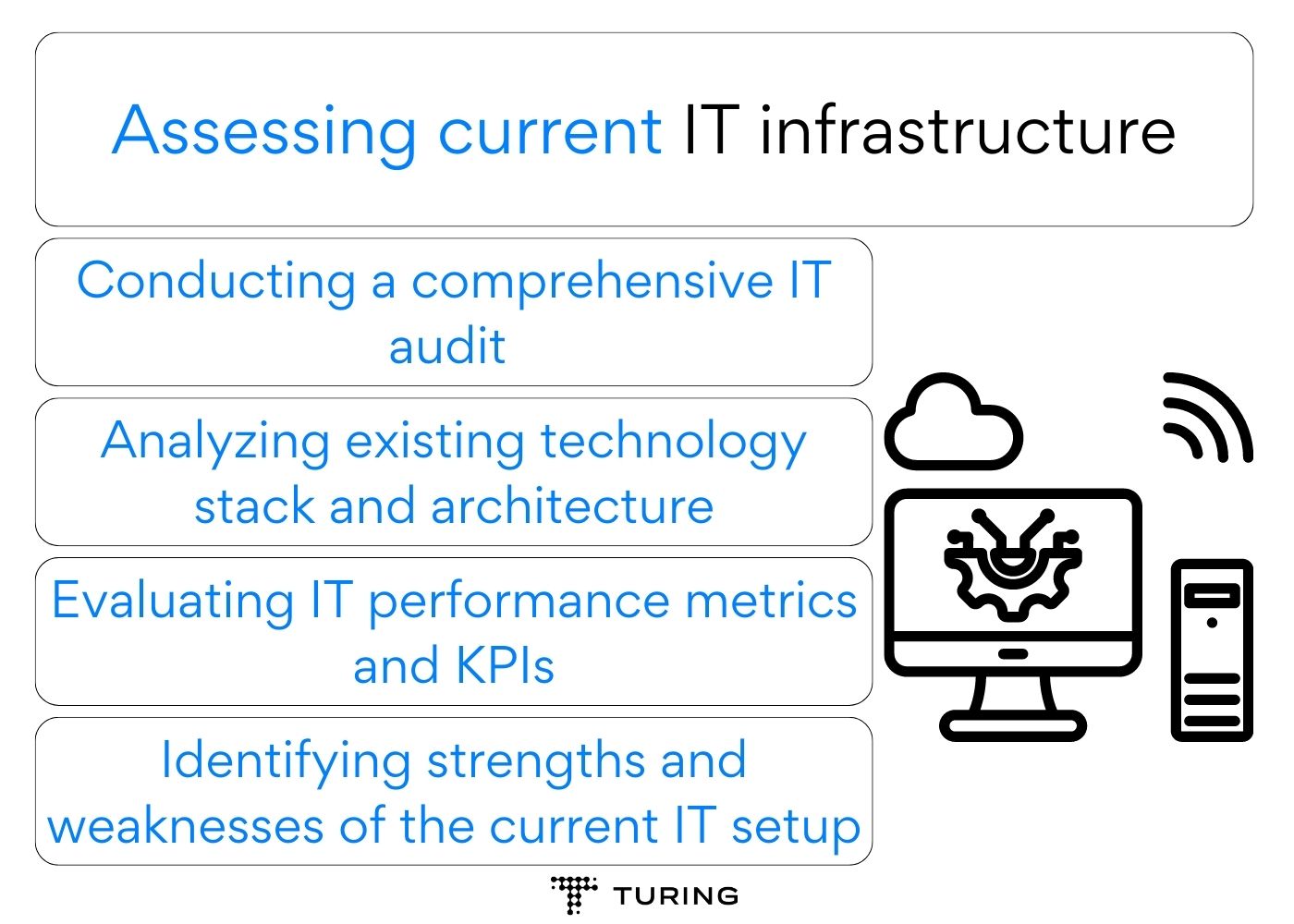
Assessing current IT infrastructure
Assessing the current IT infrastructure is a crucial step in any IT transformation strategy. It involves conducting a comprehensive audit to understand the organization’s existing technology stack, architecture, and performance metrics. This evaluation provides valuable insights into the strengths and weaknesses of the current setup, highlighting areas for improvement.
By analyzing IT performance and aligning it with business objectives, organizations can identify gaps and opportunities for optimization. The assessment serves as the foundation for creating a targeted and effective transformation roadmap, ensuring that future initiatives are aligned with the organization’s strategic goals and designed to drive meaningful outcomes.
-
Conducting a comprehensive IT audit
The first step in any IT transformation journey is to conduct a thorough audit of the existing IT infrastructure, applications, and processes. This assessment provides a clear understanding of the current state, potential bottlenecks, and areas requiring immediate attention. An IT audit may involve a review of hardware, software, network infrastructure, security protocols, data management practices, and IT service management processes.
The IT audit should also assess the alignment of the current IT setup with the organization’s business objectives and the level of user satisfaction. The insights gained from the audit serve as the foundation for identifying areas for improvement and formulating a robust transformation strategy. -
Analyzing existing technology stack and architecture
Understanding the technologies in use and their interdependencies is crucial to identify areas for improvement. This analysis can uncover redundancies, outdated software, and integration challenges that may be hindering operational efficiency. Additionally, examining the architecture helps identify potential gaps in scalability, performance, and security.
An architectural analysis also involves evaluating the compatibility of existing systems with new technologies that may be incorporated during the transformation process. By understanding the existing technology stack and architecture, organizations can make informed decisions on technology upgrades. -
Evaluating IT performance metrics and KPIs
Measuring IT performance is essential to pinpoint areas that need enhancement. Key Performance Indicators (KPIs) such as system uptime, response time, incident resolution rates, and customer support satisfaction scores help gauge the effectiveness of IT operations. Evaluating IT performance metrics enables organizations to identify pain points and bottlenecks in the current setup, guiding them toward targeted improvements.
Furthermore, assessing IT performance over time allows organizations to track progress and the impact of transformation efforts. Consistent monitoring and analysis of performance metrics ensure that the transformation strategy is on track and delivering the expected outcomes. -
Identifying strengths and weaknesses of the current IT setup
Identifying strengths and weaknesses of the current IT setup helps organizations build on existing assets and address areas that require immediate attention during the transformation process. Strengths may include a well-established customer support system, robust security protocols, or effective collaboration tools. Recognizing these strengths allows businesses to preserve and enhance what is already working well.
On the other hand, identifying weaknesses provides insights into areas that need improvement. Weaknesses could range from outdated legacy systems to inefficient workflows and communication gaps. Addressing weaknesses ensures that the transformation strategy is comprehensive and targeted, leading to meaningful improvements across the organization.
Identifying areas for improvement
Identifying areas for improvement is a critical phase in IT transformation. This process helps organizations prioritize initiatives that align with their goals and maximize the impact of their IT transformation strategy, driving long-term success. This process involves:
-
Gathering feedback from stakeholders
Engaging with stakeholders, including employees, customers, and partners, provides valuable insights into pain points and areas for improvement. Their perspectives can shed light on user experiences and highlight areas where technology can make a significant impact. Stakeholder feedback serves as a valuable source of qualitative data, providing context to complement the quantitative data gathered through the IT audit and performance metrics.
Conducting surveys, focus groups, and interviews with stakeholders can help organizations understand their specific needs and expectations from the IT transformation. Additionally, involving stakeholders in the transformation process fosters a sense of ownership and promotes alignment between IT and business goals. -
Conducting gap analysis between a current and desired state
A gap analysis helps organizations identify the differences between the current IT setup and the organization’s desired state after transformation. This process involves comparing the current capabilities, processes, and technologies with the target state outlined in the transformation strategy. The gap analysis highlights the areas that need improvement to bridge the gap between the current and desired states.
This analysis enables organizations to prioritize transformation initiatives based on their impact on bridging the identified gaps. By addressing critical gaps, businesses can achieve meaningful results and ensure that the transformation efforts are focused and efficient. -
Recognizing emerging industry trends and best practices
Staying updated on the latest industry trends and best practices is essential to identify innovative solutions and approaches to IT transformation. The technology landscape is continuously evolving, with new tools, methodologies, and strategies emerging regularly. Organizations need to invest time and resources in researching and understanding these developments to remain competitive and forward-thinking.
Attending technology conferences, workshops, and industry events can help IT leaders and decision-makers gain insights into emerging trends and best practices. Engaging with technology experts, industry analysts, and thought leaders also facilitates knowledge exchange and fosters a culture of continuous learning within the organization. -
Evaluating potential cost-saving opportunities
While the IT transformation may require significant investments, it also presents opportunities for cost savings in the long run. Assessing potential cost-saving initiatives helps justify the transformation strategy to key decision-makers and ensures that the benefits outweigh the costs.
Cost-saving opportunities may include optimizing cloud infrastructure usage, implementing automation to reduce manual processes, or consolidating software licenses to minimize redundant expenses. Organizations should carefully evaluate the potential cost savings and assess their feasibility in conjunction with other transformation objectives.
Creating a roadmap for IT transformation
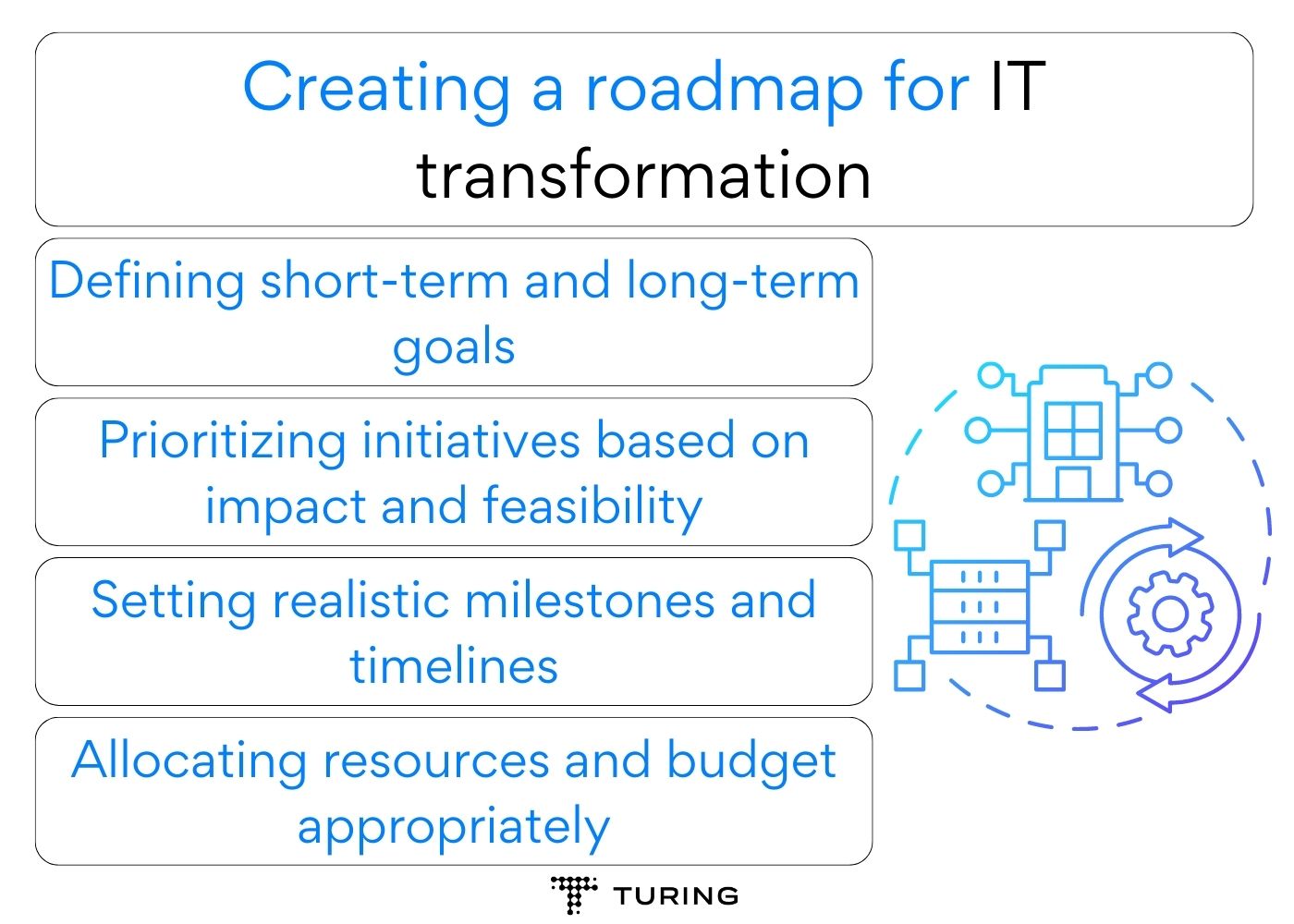
Creating a roadmap for IT transformation
This is a vital step for organizations aiming to harness technology effectively and drive growth. Creating a well-structured roadmap sets clear goals, prioritizes initiatives, and allocates resources smartly. Let’s delve into the importance of creating a roadmap for IT transformation and its essential elements for success.
-
Defining short-term and long-term goals
Setting clear, achievable goals for both the short and long term helps create a roadmap with a well-defined vision. Short-term goals offer quick wins, building momentum and confidence for more extensive, long-term initiatives. These goals should be specific, measurable, attainable, relevant, and time-bound (SMART) to provide a clear direction for the transformation journey.
Short-term goals may include improving system response times, enhancing data security, or streamlining IT service delivery processes. Long-term goals may encompass migrating critical applications to the cloud, adopting DevOps practices, or implementing advanced analytics solutions. -
Prioritizing initiatives based on impact and feasibility
Not all transformation initiatives carry the same weight, and organizations must prioritize projects based on their impact on business outcomes and feasibility. Initiatives that align closely with the organization’s strategic objectives and provide significant value should receive higher priority.
The prioritization process involves assessing factors such as potential return on investment, resource requirements, timeline, and alignment with stakeholder expectations. By focusing on high-impact initiatives first, organizations can achieve quick results and build momentum for subsequent transformation efforts. -
Setting realistic milestones and timelines
Breaking down the transformation process into realistic milestones with specific timelines helps track progress and keeps the transformation on track. Each milestone should correspond to the completion of a critical phase or the achievement of a significant objective.
Milestones and timelines should consider the complexities involved in implementing each initiative and account for potential challenges and delays. Additionally, flexibility is essential, as unforeseen factors may arise during the transformation journey. Adapting to changing circumstances while focusing on the end goal is crucial for successful transformation execution. -
Allocating resources and budget appropriately
Adequate allocation of resources, including budget, talent, and time, is crucial for the successful execution of the IT transformation strategy. The transformation roadmap should account for the resources required at each phase, ensuring that they are available when needed.
Collaboration between IT and finance teams is essential in budget allocation. Demonstrating the potential return on investment and cost-saving opportunities associated with the transformation initiatives can help secure the necessary funding.
Leveraging emerging technologies
Leveraging emerging technologies is crucial for organizations to thrive in the fast-paced digital era. Discover how strategic adoption of these technologies can fuel innovation and propel businesses to success in the dynamic tech landscape.
-
Exploring the role of cloud computing in IT transformation
Cloud computing plays a vital role in IT transformation by offering scalability, flexibility, and cost efficiency. Migrating to the cloud can unlock new capabilities and enable organizations to scale their infrastructure on demand. Cloud services, such as Infrastructure as a Service (IaaS), Platform as a Service (PaaS), and Software as a Service (SaaS), offer various benefits, including reduced capital expenses, simplified maintenance, and improved accessibility.
Organizations can choose between public, private, hybrid, and multi-cloud models, depending on their specific needs and requirements. Cloud-native applications and microservices architectures can further enhance the organization’s ability to deliver services quickly and efficiently. -
Harnessing the power of Artificial Intelligence and Machine Learning
Artificial Intelligence (AI) and Machine Learning (ML) technologies can revolutionize various aspects of IT operations, including automation, predictive maintenance, and data analysis. AI-powered chatbots and virtual assistants can enhance customer support and reduce the burden on human agents.
Machine learning algorithms can analyze vast datasets to identify patterns and trends, enabling data-driven decision-making. Moreover, AI and ML can automate routine tasks, allowing IT teams to focus on more strategic and value-added activities. -
Integrating big data analytics for data-driven decision-making
Big data analytics enables organizations to derive valuable insights from vast amounts of data. Integrating these analytics into decision-making processes enhances the ability to make data-driven, informed choices.
By combining data from various sources, such as customer interactions, transaction records, and social media, organizations can gain a holistic view of their operations and customer preferences. Data visualization tools can help transform complex data sets into actionable insights for better decision-making. -
Adopting robust cybersecurity measures
With the increasing threat of cyberattacks, robust cybersecurity measures are essential during IT transformation. Ensuring the security of new technologies and processes safeguards the organization’s sensitive data and reputation. Cybersecurity measures should cover various aspects, including network security, endpoint protection, data encryption, access control, and employee awareness training.
Adopting a proactive approach to cybersecurity involves continuous monitoring, threat intelligence, and regular vulnerability assessments. Organizations should also establish incident response plans to handle cybersecurity breaches effectively and minimize their impact on operations.
Measuring the success of IT transformation
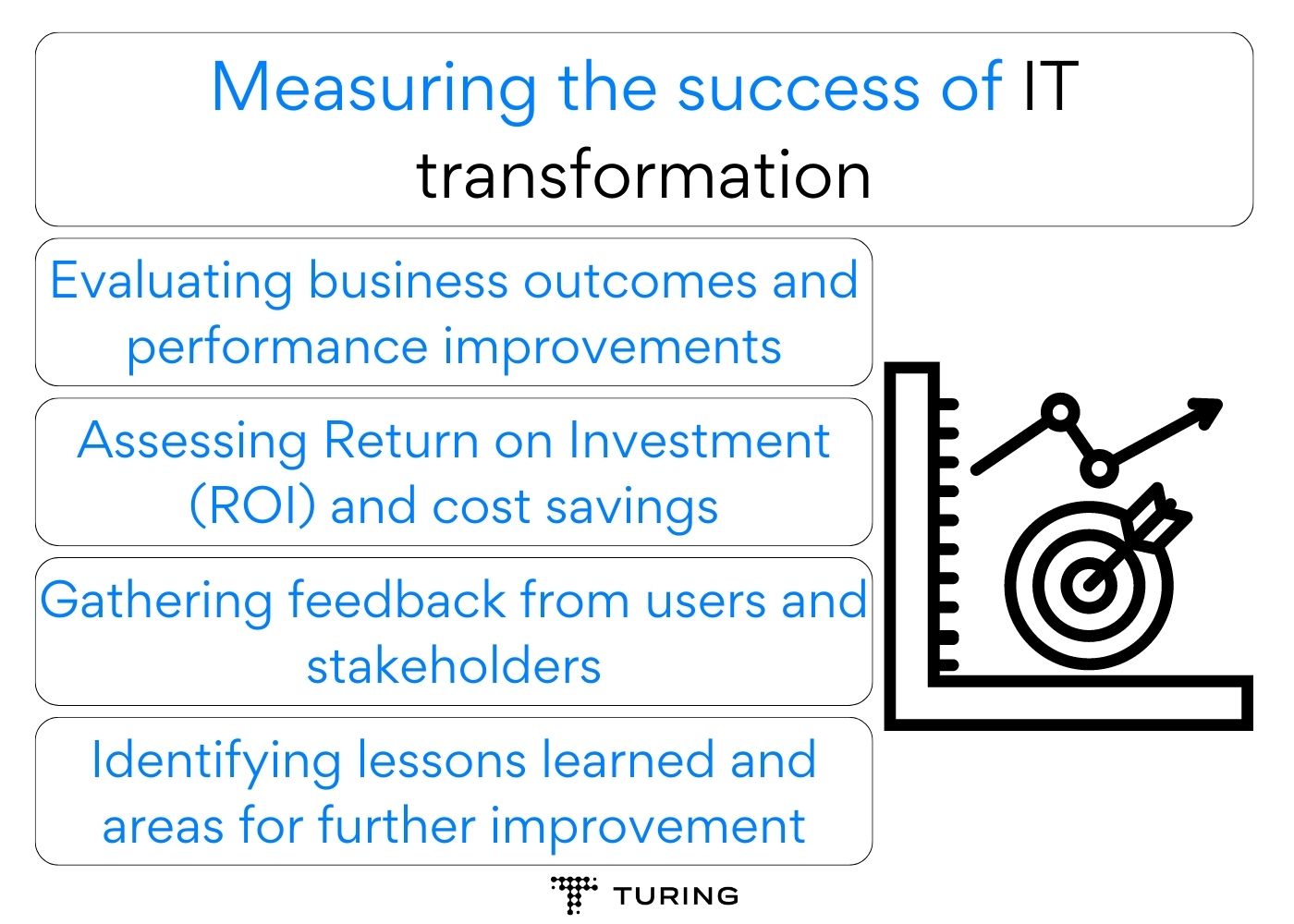
Measuring the success of IT transformation
Let’s explore the key metrics and approaches that help assess the effectiveness of IT transformation initiatives. By understanding the impact of these changes, organizations can drive continuous improvement and ensure sustainable growth.
-
Evaluating business outcomes and performance improvements
Measuring the impact of IT transformation on key business outcomes, such as revenue growth, cost reduction, and customer satisfaction, determines its success in achieving organizational objectives. Organizations can establish Key Performance Indicators (KPIs) aligned with their strategic goals to track progress and measure the transformation’s impact.
KPIs related to operational efficiency, service delivery, innovation, and customer experiences can provide valuable insights into the effectiveness of the transformation strategy. Data-driven assessments of these KPIs enable organizations to make informed decisions and realign the strategy if needed. -
Assessing Return on Investment (ROI) and cost savings
Evaluating the ROI of IT transformation initiatives and calculating cost savings over time provides a tangible measure of the benefits gained from the transformation efforts. Organizations should compare the initial investment with the financial gains and cost reductions achieved post-transformation.
ROI calculations can include factors such as increased revenue, reduced operational expenses, productivity improvements, and better resource utilization. By quantifying the financial impact, organizations can demonstrate the value of their IT transformation to stakeholders and secure ongoing support for future technology initiatives. -
Gathering feedback from users and stakeholders
Feedback from users and stakeholders helps gauge the effectiveness of the transformation in addressing their needs and expectations. Conducting post-implementation surveys, interviews, and focus groups allows organizations to understand how the changes have impacted users’ experiences and identify areas for further improvement.
User feedback also aids in identifying any unexpected challenges or issues that may have arisen during the transformation. Addressing user concerns and incorporating their feedback fosters a user-centric approach and enhances the overall success of the IT transformation strategy. -
Identifying lessons learned and areas for further improvement
Identifying lessons learned during the transformation journey allows organizations to refine their approach for future initiatives and ensures continuous improvement. Reflecting on challenges faced, successes achieved, and best practices adopted offers valuable insights that can inform future decision-making.
Organizations should encourage a culture of learning and knowledge sharing, allowing team members to exchange experiences and ideas. Collaborative post-mortems and retrospectives can help extract valuable lessons and shape future transformation strategies.
Conclusion
IT transformation is a critical undertaking for modern organizations aiming to remain competitive and thrive in the digital age. By understanding the significance of IT transformation, assessing the current IT infrastructure, identifying areas for improvement, creating a well-defined roadmap, leveraging emerging technologies, and measuring success, organizations can build a robust and effective IT transformation strategy.
Embracing change and adopting emerging technologies with a data-driven and goal-oriented approach will enable organizations to navigate the challenges and opportunities of the digital era successfully. IT transformation is not a one-time event but an ongoing journey of continuous improvement and innovation. Organizations that prioritize IT transformation and remain agile in adopting new technologies will position themselves for sustained growth and success in the dynamic and ever-evolving tech industry.
Turing’s AI-driven capabilities are instrumental in building and implementing a successful IT transformation strategy. Our experts will analyze your business data, predict challenges, and offer tailored recommendations. Turing facilitates communication, monitors progress, and aids in change management, ultimately ensuring a data-driven, efficient, and successful transformation.
FAQs
-
How do you prioritize IT initiatives within the transformation strategy?
Prioritization involves considering factors like business impact, feasibility, and resource availability. Initiatives should align with the organization’s goals and be achievable within the defined timeframe. -
What is the role of data analysis in shaping an IT transformation strategy?
Data analysis helps identify trends, pain points, and areas of improvement within the current IT landscape. It informs decisions on which areas to prioritize and where to allocate resources. -
What are the considerations for choosing between in-house development and third-party solutions during IT transformation?
Considerations include:
- Available expertise and resources
- Time-to-market requirements
- Integration with existing systems
- Long-term maintenance and support
-
How can an organization ensure that its IT transformation strategy remains on track and delivers expected outcomes?
Regular monitoring and reporting, continuous alignment with business goals, and a willingness to adjust the strategy based on feedback and changing circumstances are key to implementing a successful IT transformation strategy. -
What role does ongoing evaluation and optimization play in IT transformation?
Ongoing evaluation ensures that the transformation strategy remains effective and relevant over time. Regular optimization allows the organization to adapt to new technologies and market conditions. -
How can an organization ensure that its IT transformation strategy is adaptable to future changes?
Flexibility is crucial. Building modularity into the strategy, fostering a culture of innovation, and incorporating regular assessments to refine the strategy are ways to ensure adaptability. -
What is the role of cloud computing in IT transformation?
Cloud computing enables organizations to scale resources dynamically, improve agility, and reduce infrastructure costs. It often plays a significant role in modernizing IT infrastructure. -
How do you communicate the IT transformation strategy to the organization?
Effective communication involves translating technical jargon into clear business language, highlighting benefits, addressing concerns, and creating a shared understanding of the strategy’s objectives. -
What is the importance of change management in IT transformation?
Change management focuses on guiding employees through the changes brought about by the transformation. It helps mitigate resistance and ensures a smoother adoption process.
Tell us the skills you need and we'll find the best developer for you in days, not weeks.


